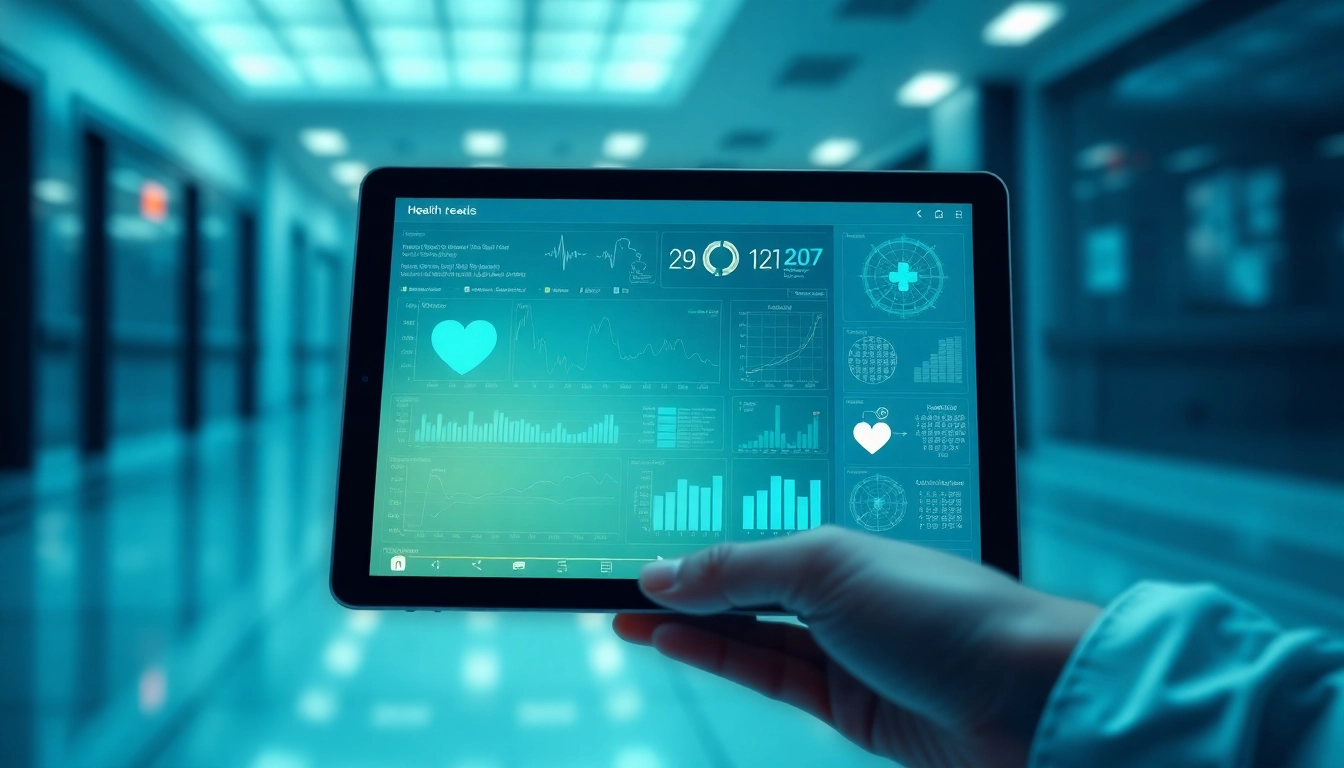Understanding Health Informatics
Definition and Scope
Health informatics is an interdisciplinary field that merges the domains of information science, computer science, and healthcare. It focuses on the effective management and use of patient data through various platforms and technologies. Health informatics seeks to improve healthcare delivery by optimizing the collection, storage, and analysis of health information. As defined succinctly by AMIA, “Informatics is the science of how to use data, information, and knowledge to improve human health and the delivery of health care services.” This broad definition encapsulates the essence of health informatics, which encompasses systems for electronic health records, data analytics, and decision support systems.
Importance in Modern Healthcare
The significance of health informatics in contemporary healthcare cannot be overstated. With the ever-increasing complexity of medical information and the demand for high-quality patient care, informatics plays a pivotal role in ensuring that healthcare providers can make informed decisions. By utilizing data analytics and evidence-based practices, health informatics helps reduce errors, streamline processes, and enhance patient outcomes. Furthermore, effective data management leads to better tracking of public health trends, ultimately guiding policy and resource allocation.
Key Technologies and Tools
Various technologies underpin the field of health informatics. Key tools include:
- Electronic Health Records (EHRs): Digital versions of patients’ paper charts, EHRs are essential for tracking patient history and ensuring continuity of care.
- Health Information Exchange (HIE): A system that allows the secure sharing of patient data between healthcare providers.
- Clinical Decision Support Systems (CDSS): Tools that assist healthcare professionals in making clinical decisions based on patient data and guidelines.
- Mobile Health Applications: Applications on personal devices that allow patients to track their health metrics, medication schedules, and communicate with healthcare providers.
Applications of Health Informatics
Electronic Health Records (EHR)
EHRs serve as a foundational technology in health informatics. By consolidating all patient information into a single electronic file, EHRs enhance communication among healthcare providers, reduce redundancies, and minimize the risk of errors related to poor handwriting or misinformation. Additionally, EHRs facilitate adherence to clinical guidelines and enhance the ability to monitor patient progress over time.
Telemedicine Innovations
The rise of telemedicine represents one of the most transformative applications of health informatics. Telemedicine leverages technology to deliver care remotely, decreasing barriers to access and optimizing healthcare delivery, especially in rural or underserved regions. The use of video conferencing, remote monitoring tools, and mobile applications ensures that patients can receive timely care without the need for travel.
Clinical Decision Support Systems
Clinical Decision Support Systems (CDSS) exemplify the application of data analytics in healthcare. These systems provide actionable insights to healthcare professionals based on patient data and clinical guidelines. CDSS helps clinicians assess potential diagnoses, recommend treatment plans, and identify patients at risk for adverse events. By improving decision-making, these systems can significantly enhance patient care while reducing costs.
Challenges in Implementing Informatics Solutions
Data Privacy Concerns
One of the most pressing challenges in health informatics is ensuring the privacy and security of patient data. With the integration of electronic health records and information exchange networks, there is a heightened risk of data breaches and unauthorized access. Compliance with regulations such as HIPAA (Health Insurance Portability and Accountability Act) is crucial in maintaining patient trust and safeguarding sensitive information. Healthcare organizations must implement robust cybersecurity measures and regularly train staff on data handling protocols.
Integration with Existing Systems
Successfully integrating new informatics solutions with existing healthcare systems poses another significant challenge. Many healthcare facilities operate on legacy systems that may not be compatible with modern technologies. The lack of interoperability can lead to data silos, making it difficult to leverage comprehensive patient data effectively. Organizations must prioritize selecting adaptable solutions that can seamlessly mesh with their current operations to maximize efficiency and minimize disruption.
Training Healthcare Professionals
The successful adoption of health informatics tools depends heavily on the proficiency of healthcare professionals using them. Training programs should focus not only on the technical use of informatics tools but also on the underlying concepts of data interpretation and clinical decision-making. Organizations must promote a culture of continuous learning where staff can adapt to evolving technologies and methodologies, thereby enhancing their capacity to deliver quality care.
Future Trends in Health Informatics
Artificial Intelligence and Machine Learning
Artificial intelligence (AI) and machine learning (ML) are set to revolutionize health informatics. By analyzing vast amounts of data, these technologies can uncover patterns and insights that were previously inaccessible. AI-powered predictive analytics can assist in identifying high-risk patients, optimizing treatment plans, and improving patient engagement through personalized approaches. As these technologies mature, they will become integral to clinical practice, enhancing patient safety and care quality.
Personalized Medicine Approaches
Personalized medicine, which tailors treatment based on individual genetic profiles and preferences, is another exciting trend in health informatics. Informatics plays a critical role in facilitating the storage, processing, and analysis of genomic and clinical data. With patient data flowing seamlessly, healthcare providers can recommend therapies that are more likely to be effective for individual patients, thereby improving overall health outcomes.
Interoperability Initiatives
Interoperability—the ability of different systems to work together—is essential for enhancing healthcare efficiency. As various stakeholders, including providers, payers, and technology vendors, collaborate, new standards and protocols are emerging to facilitate data sharing across platforms. Initiatives like HL7’s Fast Healthcare Interoperability Resources (FHIR) are paving the way for a more integrated healthcare ecosystem, where relevant data is accessible when and where it’s needed.
The Role of www.informaticsview.com in Shaping the Industry
Resources and Research
The platform www.informaticsview.com plays a pivotal role in providing valuable resources and up-to-date research in the field of health informatics. By sharing insights on the latest technological advancements, case studies, and evidence-based practices, the site serves as a comprehensive educational resource for practitioners, researchers, and students alike. The availability of research papers and guidelines enhances the flow of knowledge critical for professional development.
Community Engagement and Support
An engaged community is vital for the growth and evolution of any discipline, and health informatics is no exception. www.informaticsview.com fosters community engagement by facilitating discussions, forums, and collaborative projects among its users. This environment encourages knowledge sharing, where experts and newcomers alike can offer insights, experiences, and solutions to common challenges faced within the field.
Career Opportunities in Health Informatics
As the demand for health informatics professionals continues to rise, numerous career opportunities are available for those looking to enter this field. www.informaticsview.com provides guidance on career pathways, educational resources, and professional development options. From roles in data analysis and EHR management to positions in policy development and health IT, the website serves as a valuable resource for job seekers looking to navigate the diverse landscape of health informatics careers.



